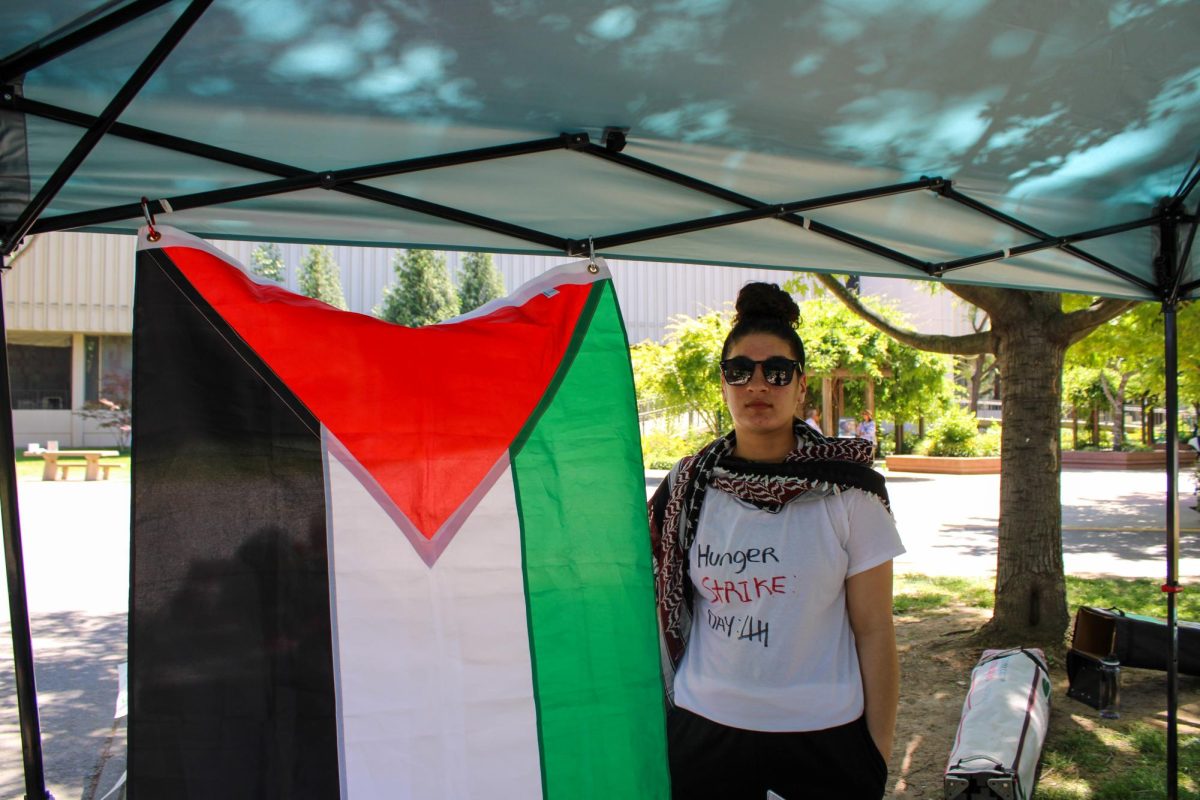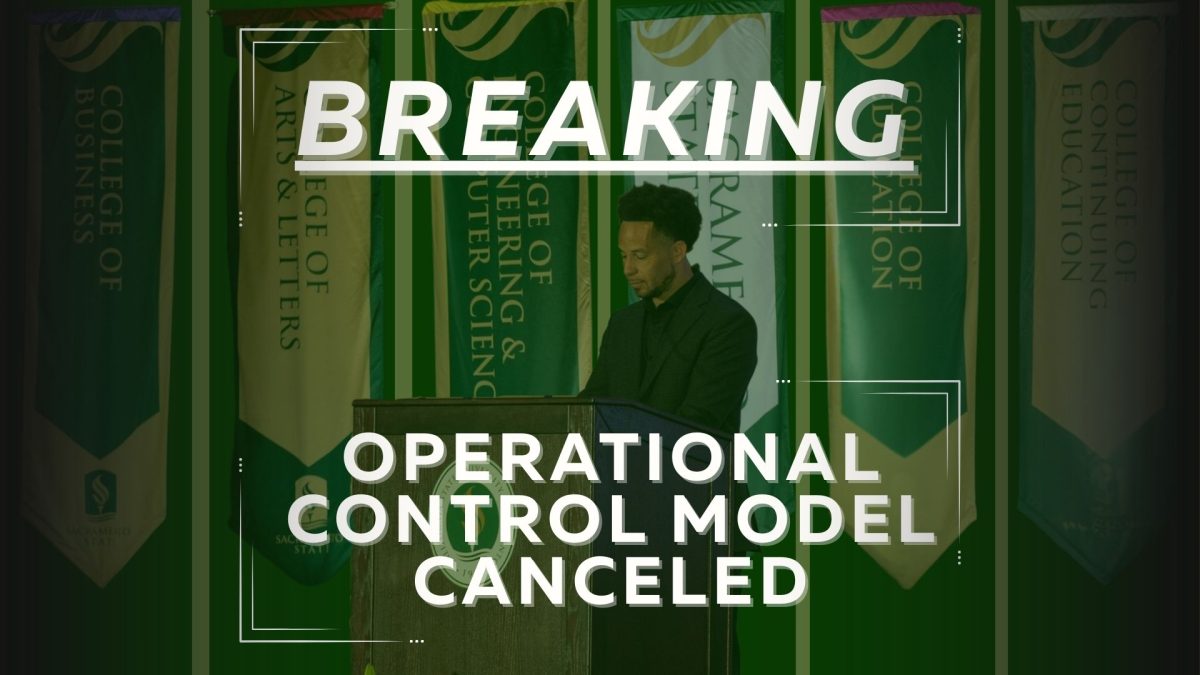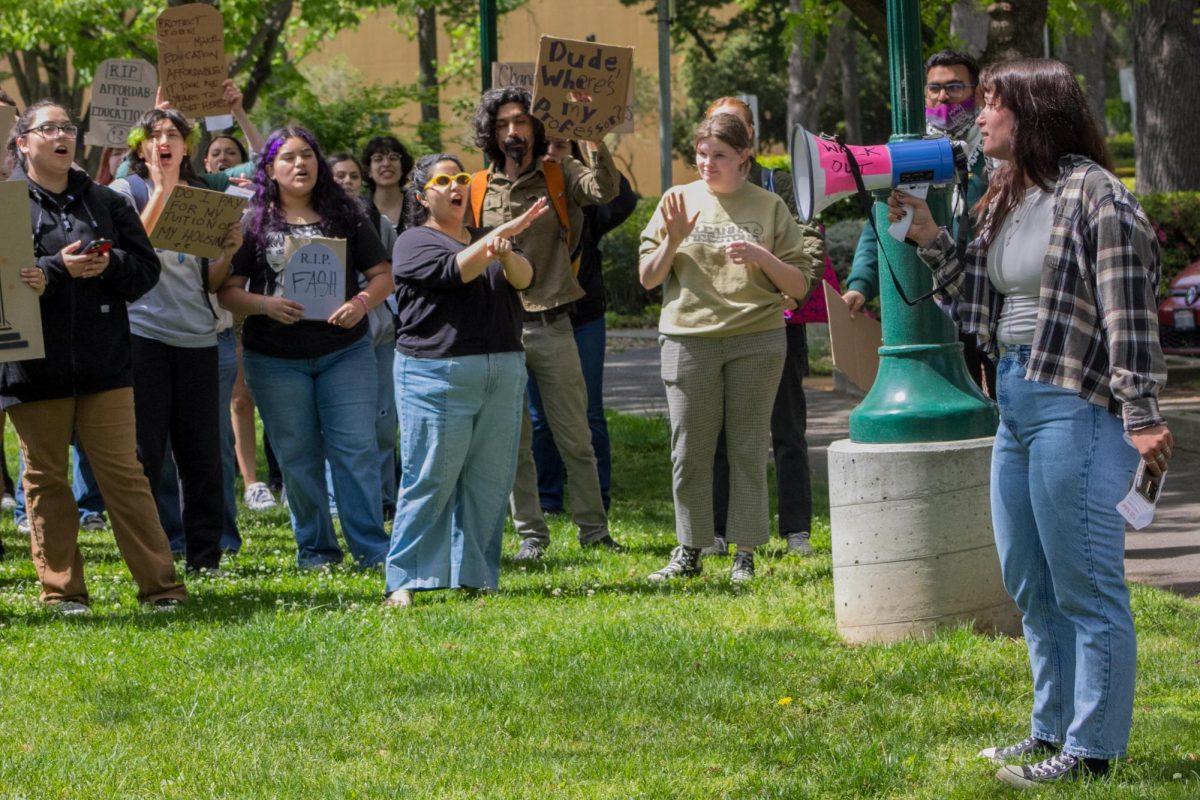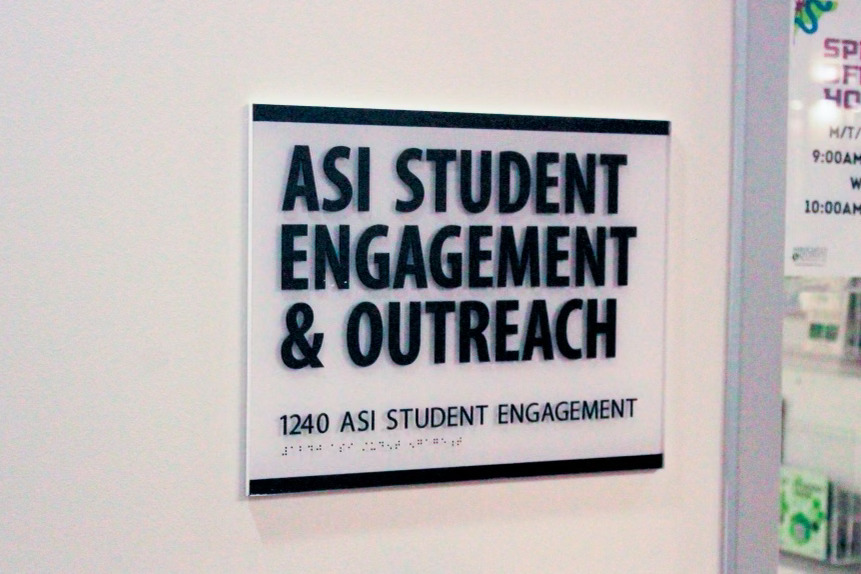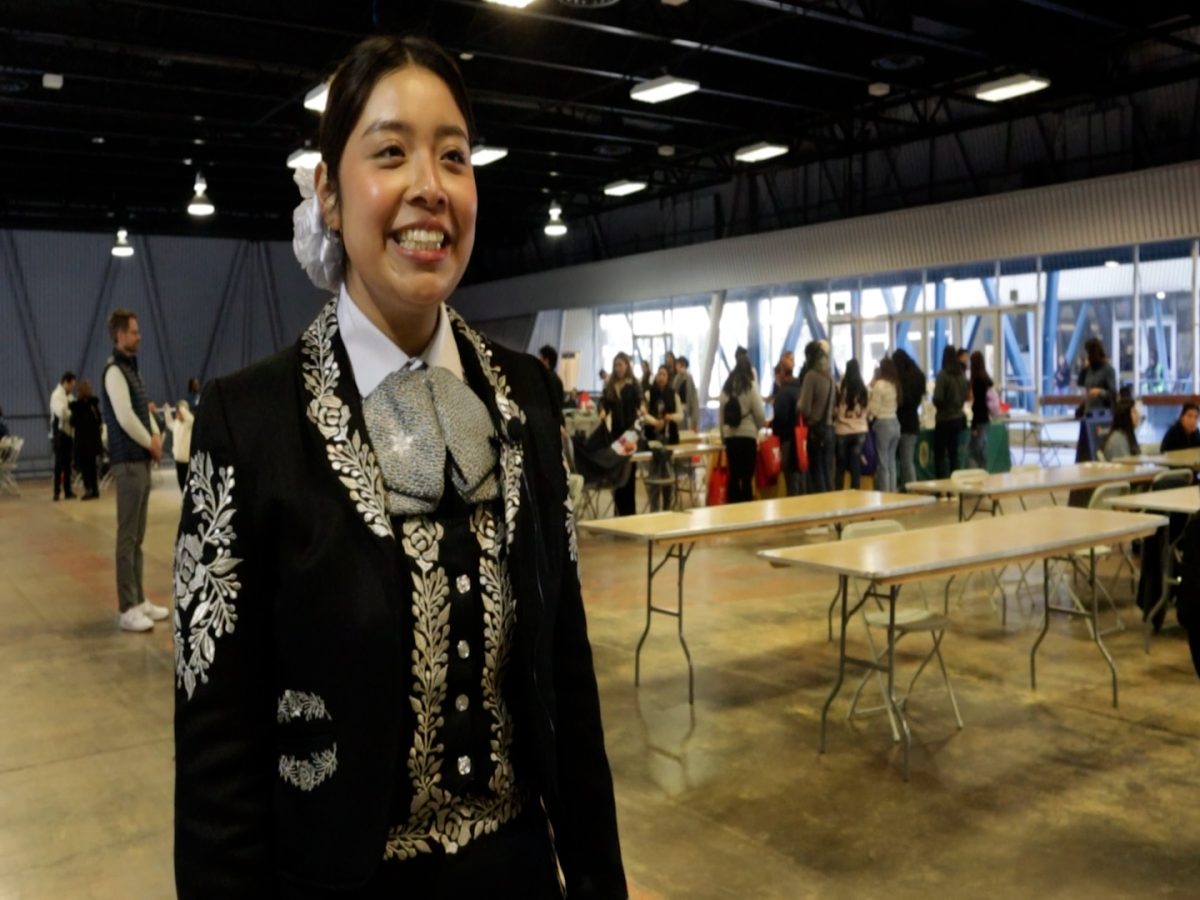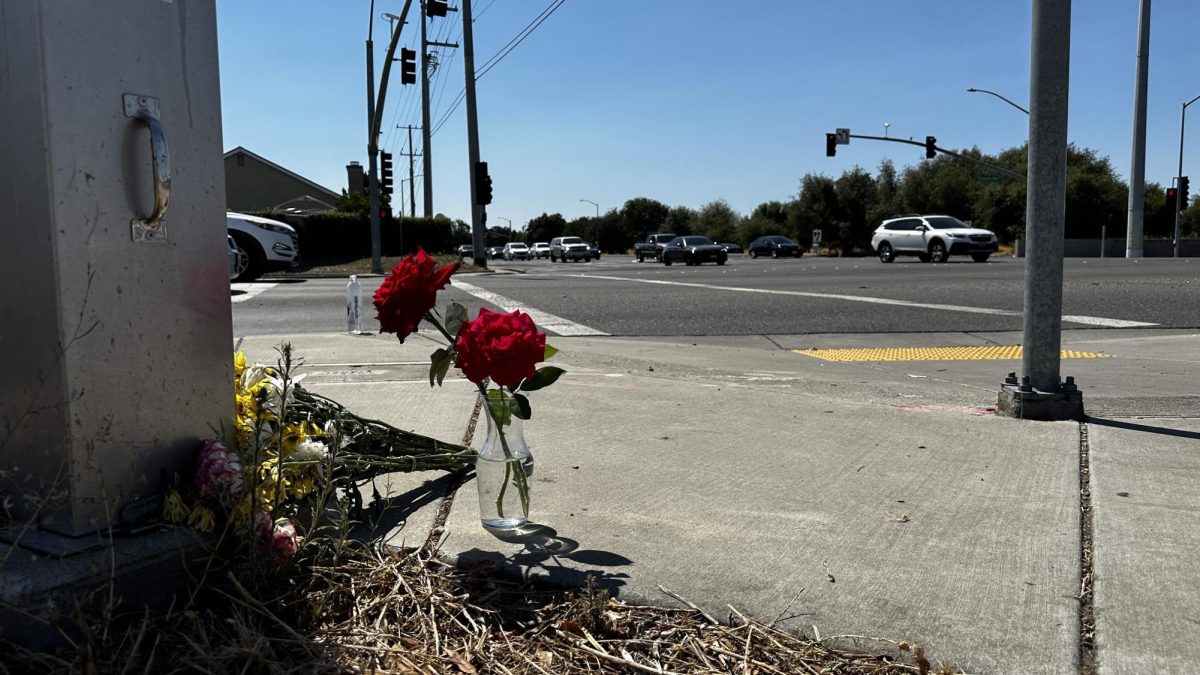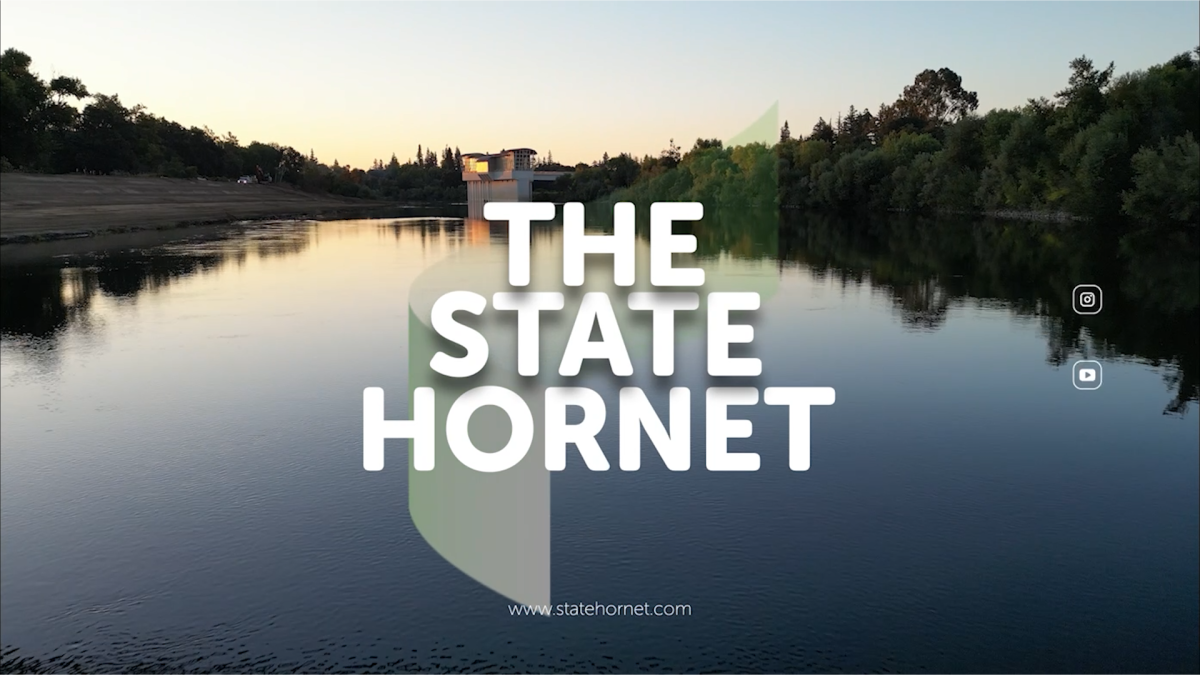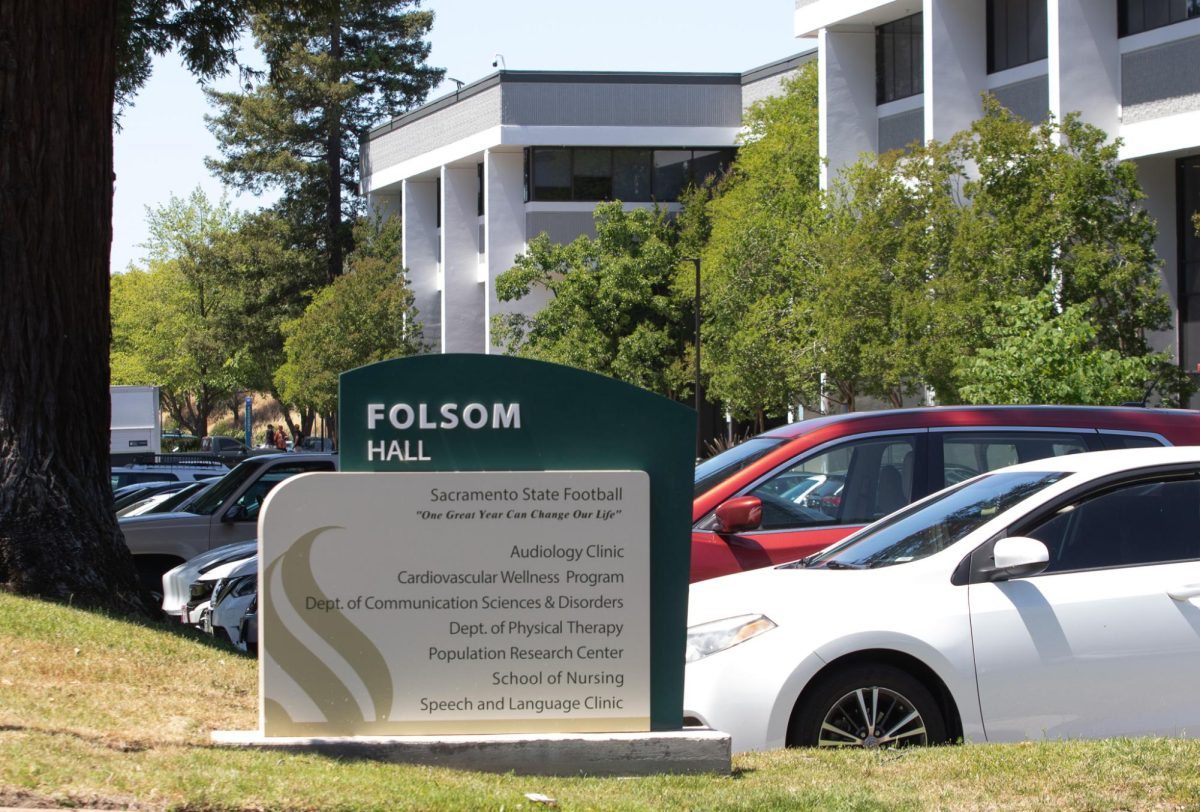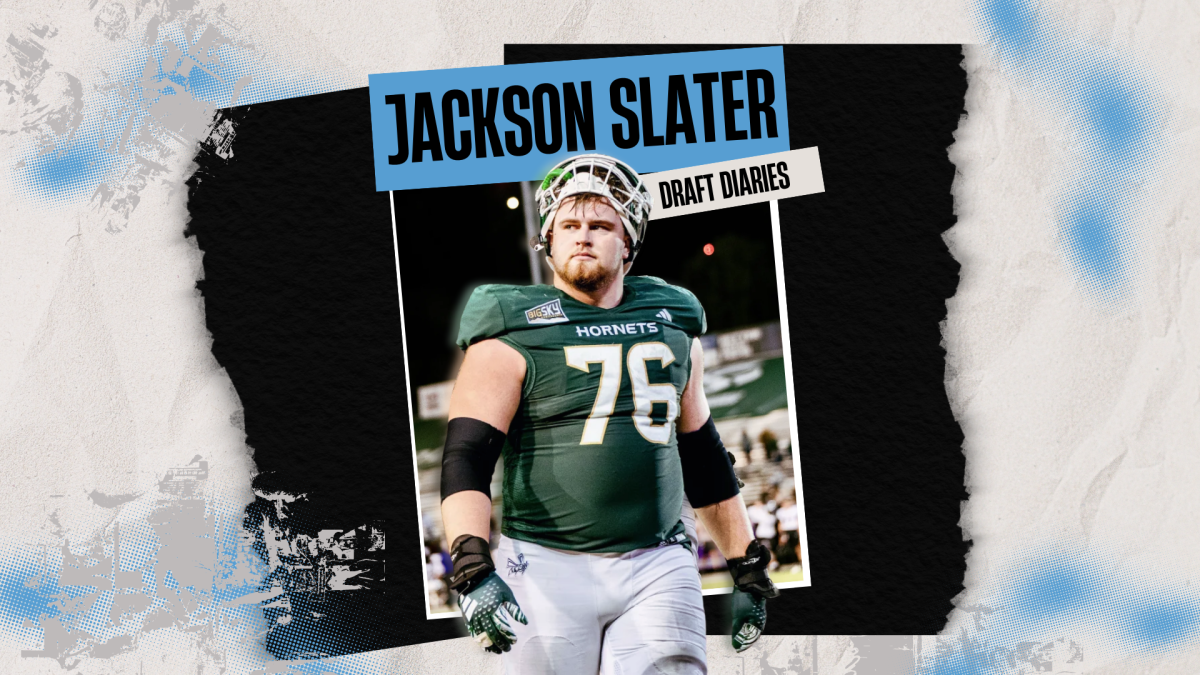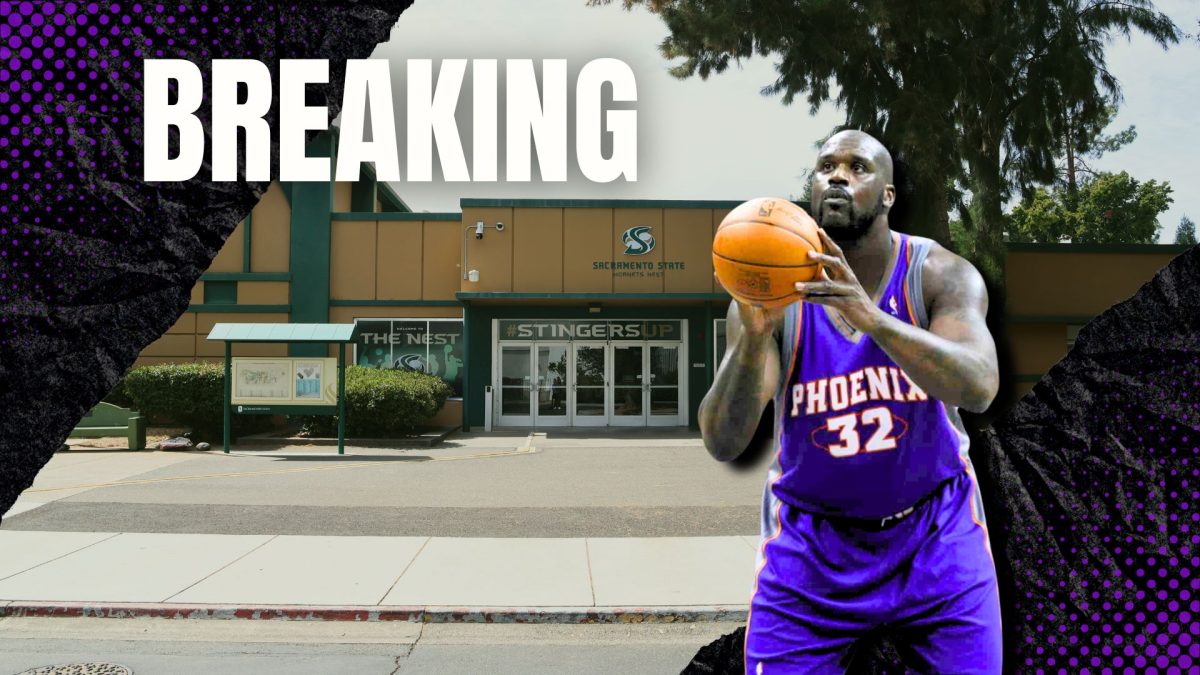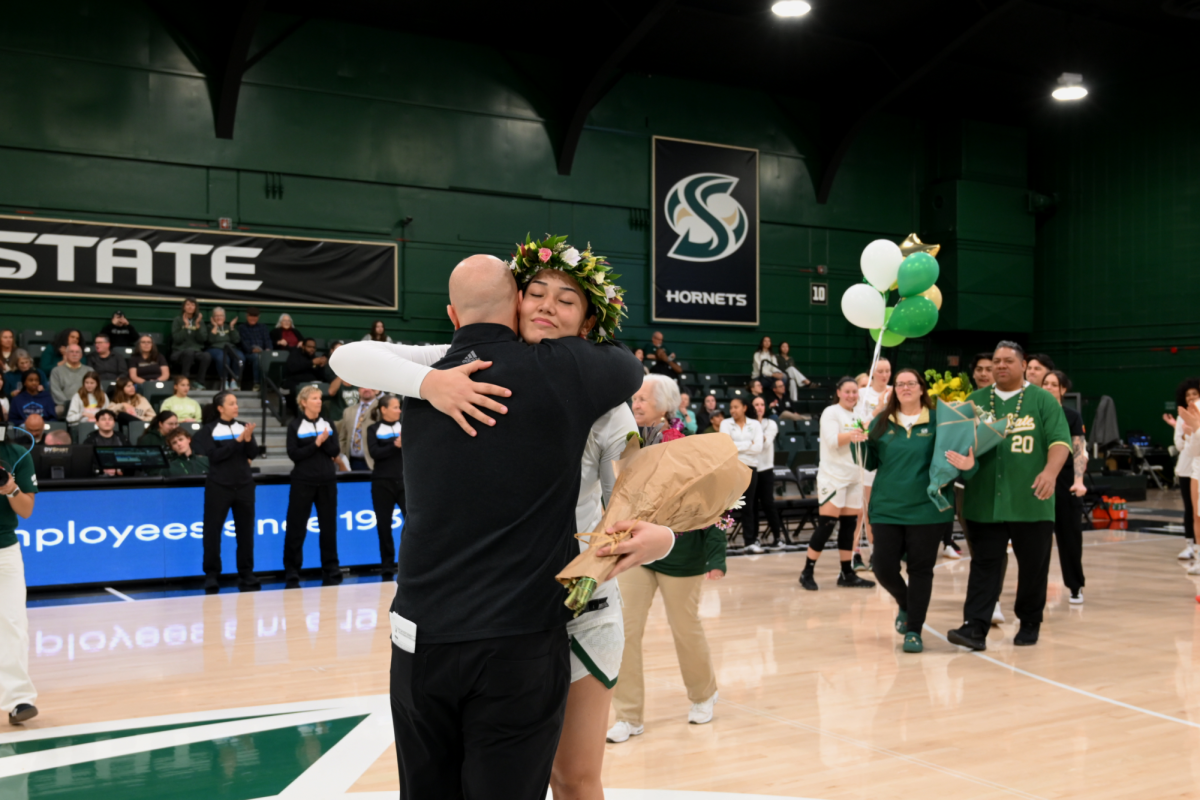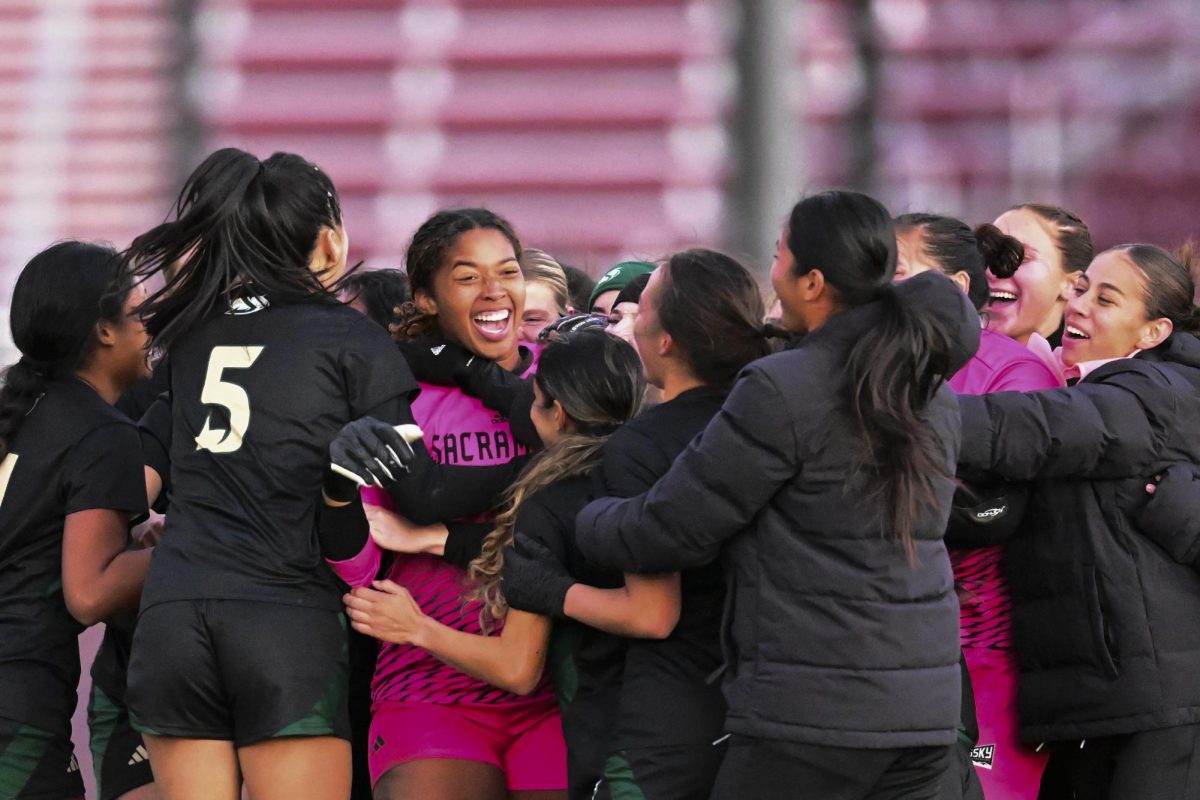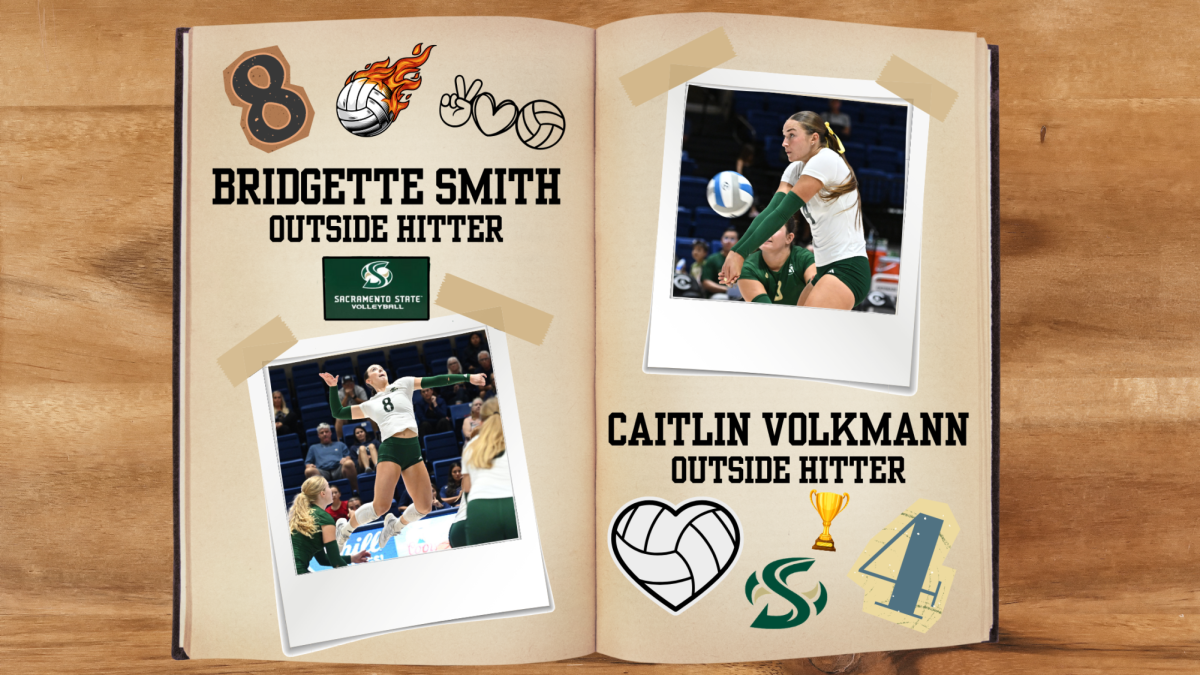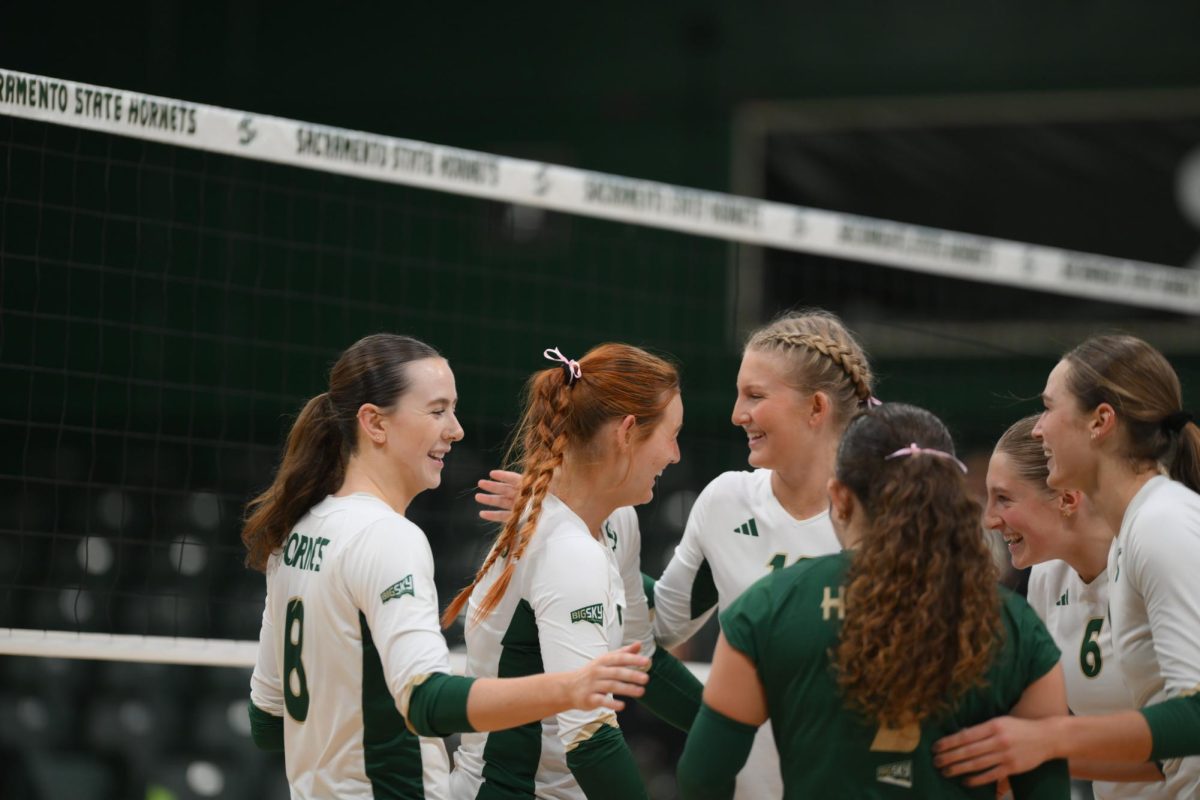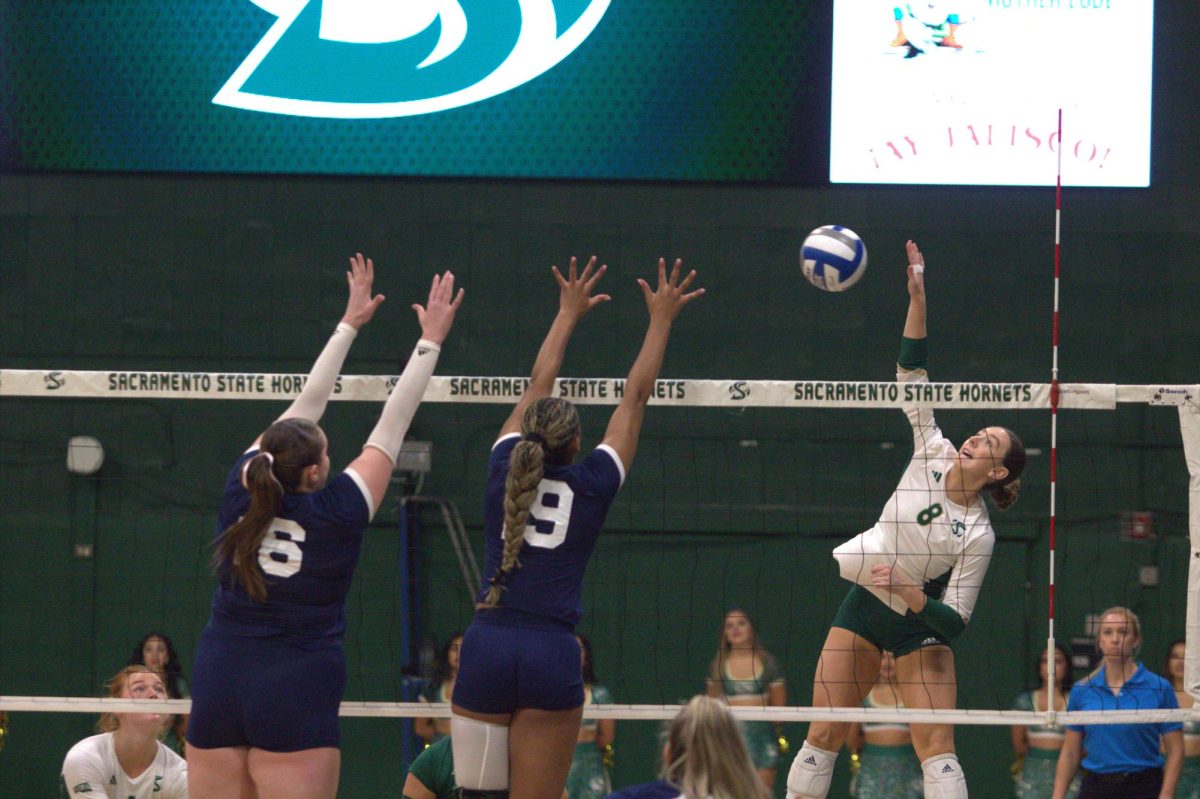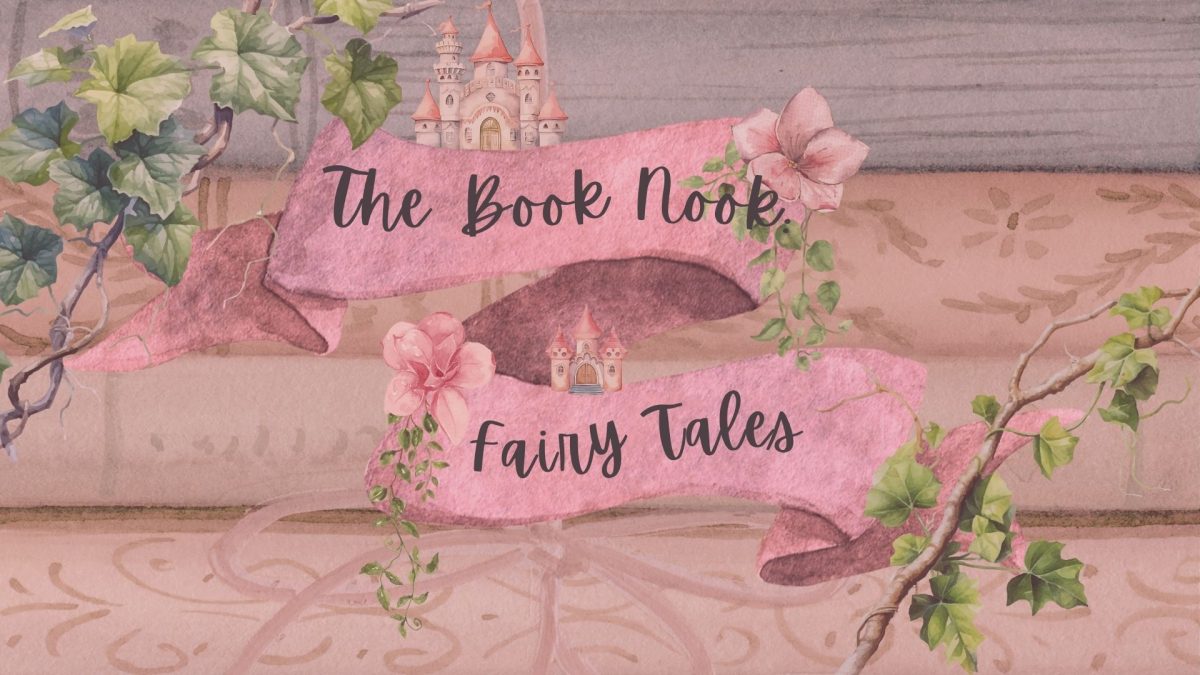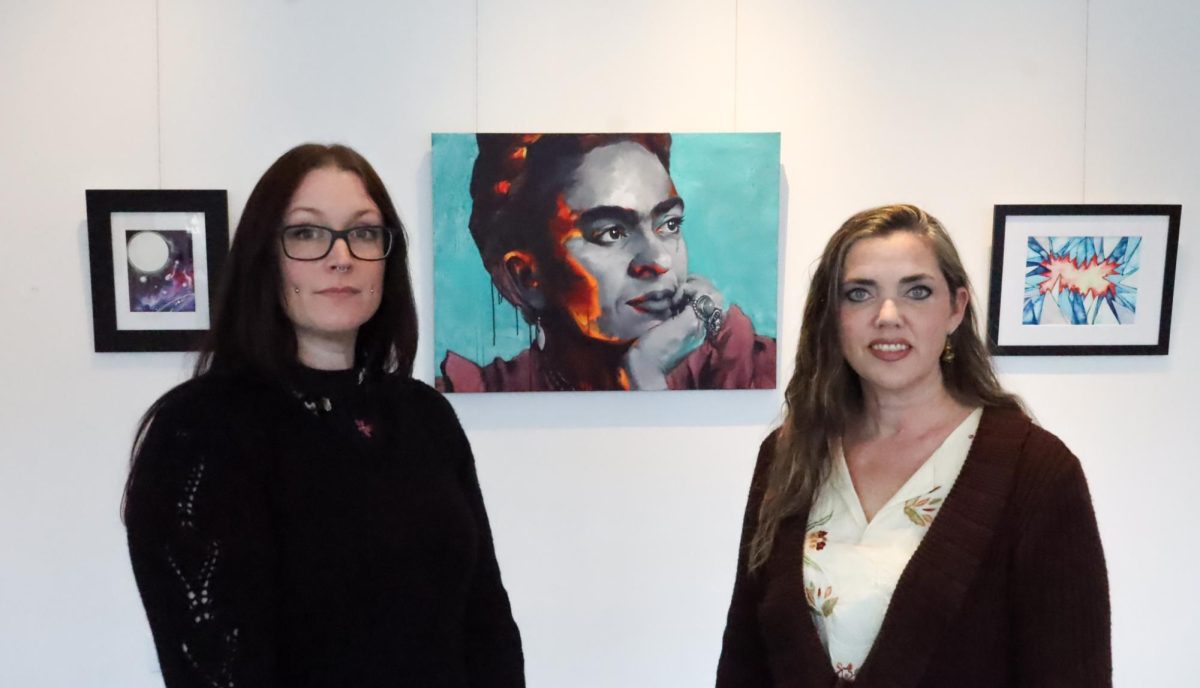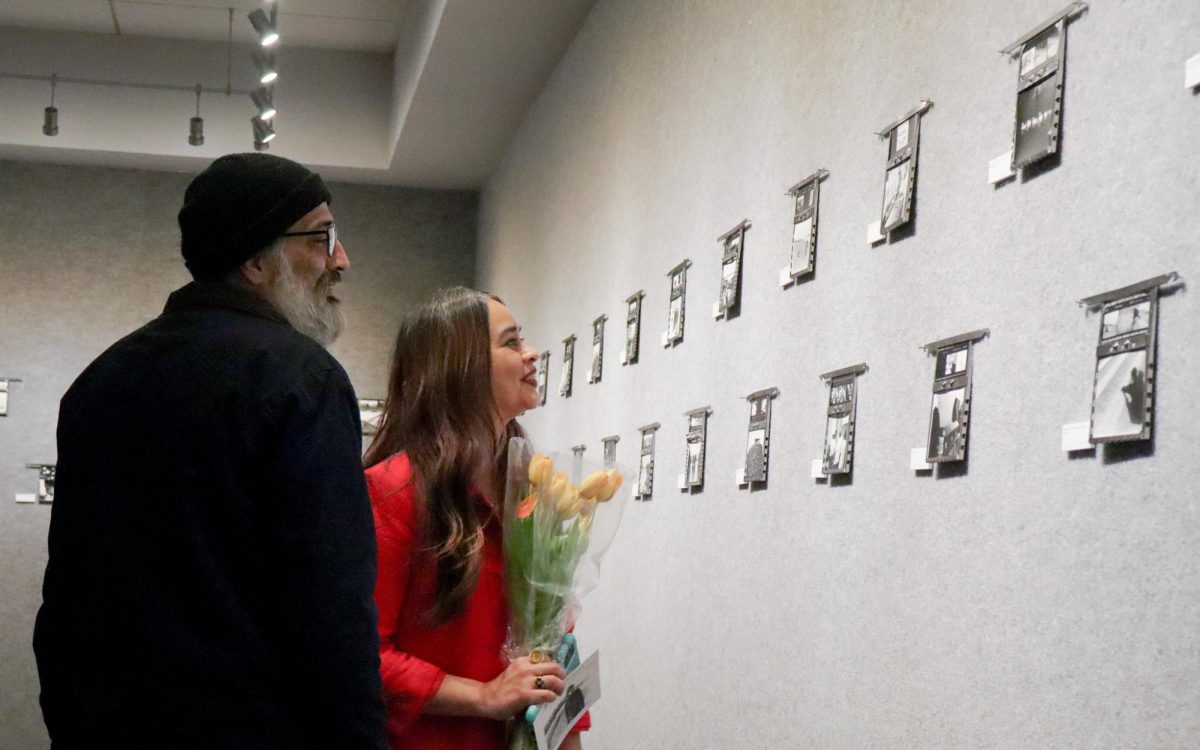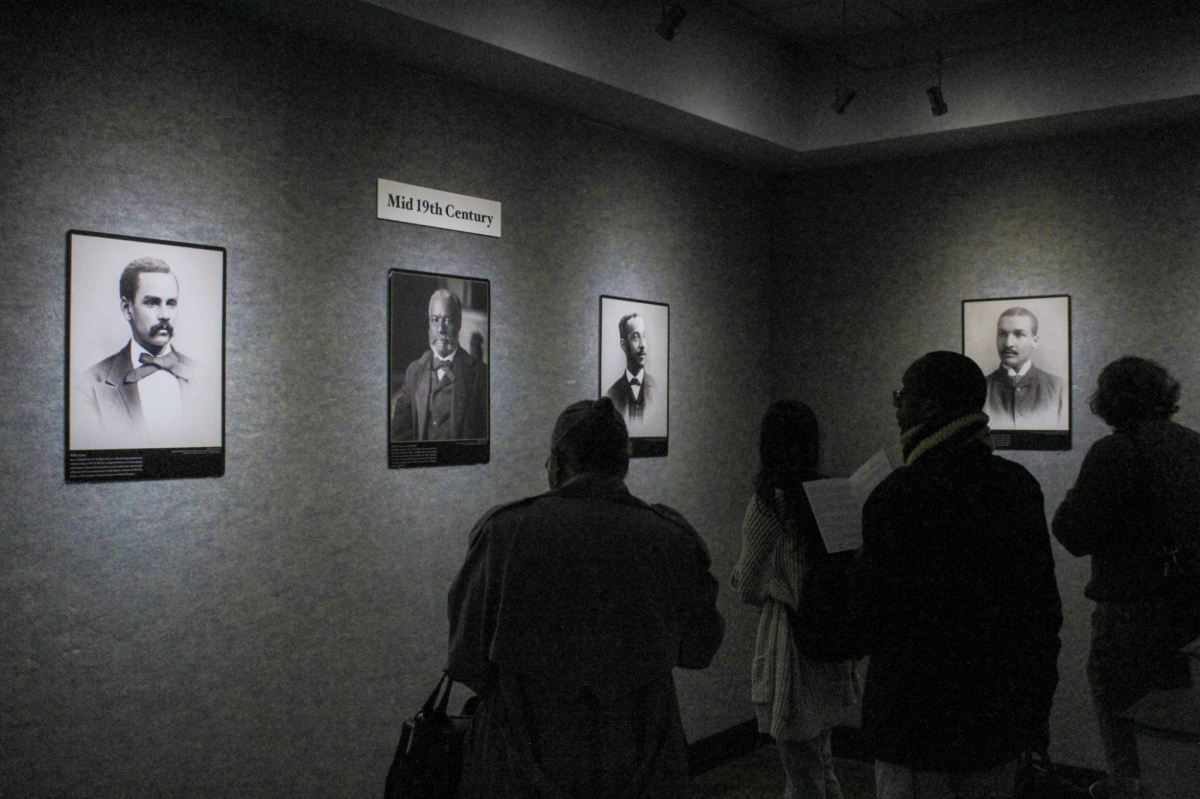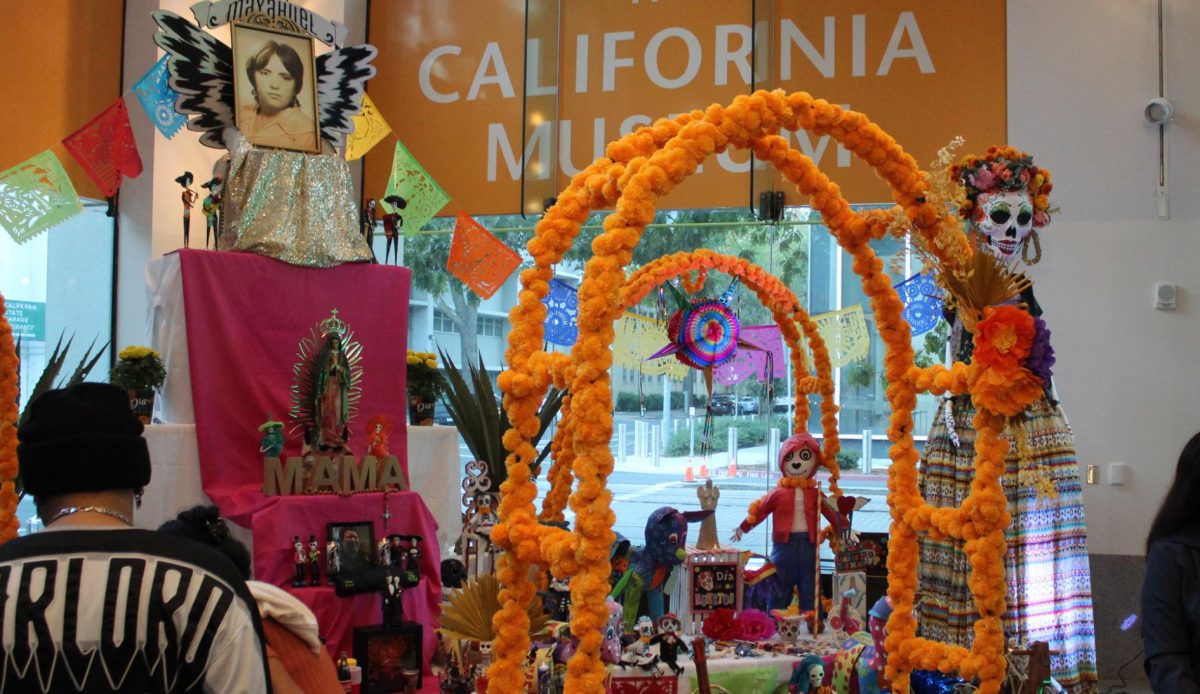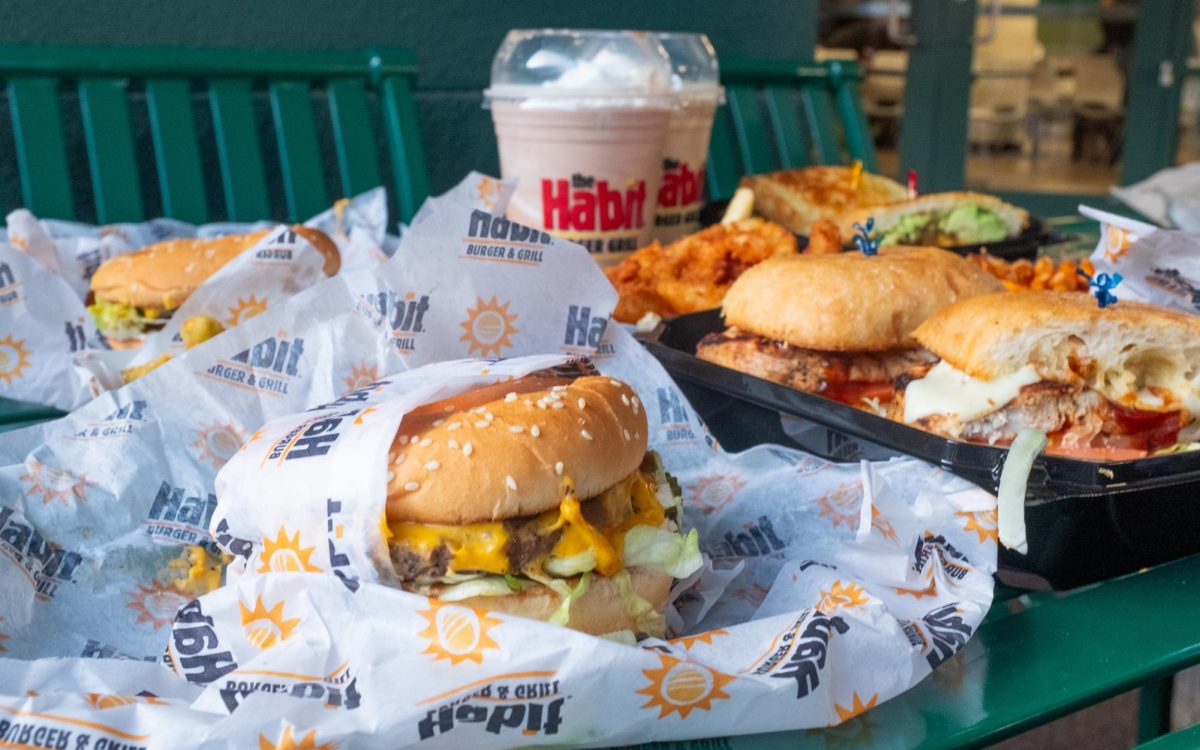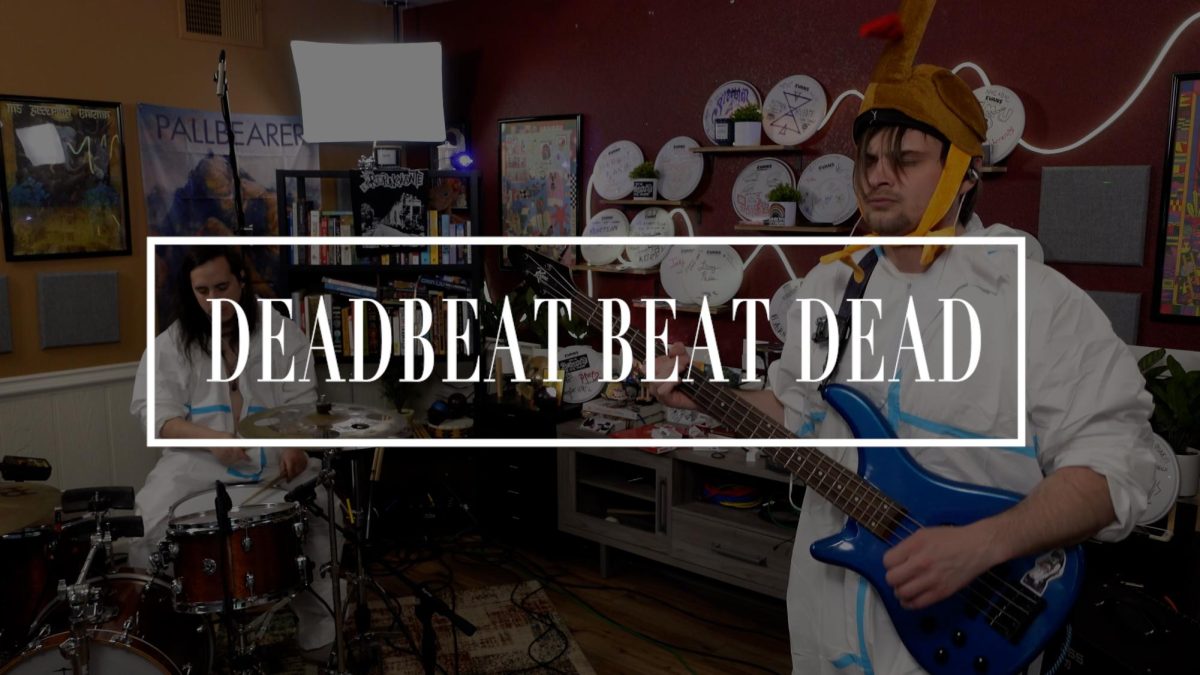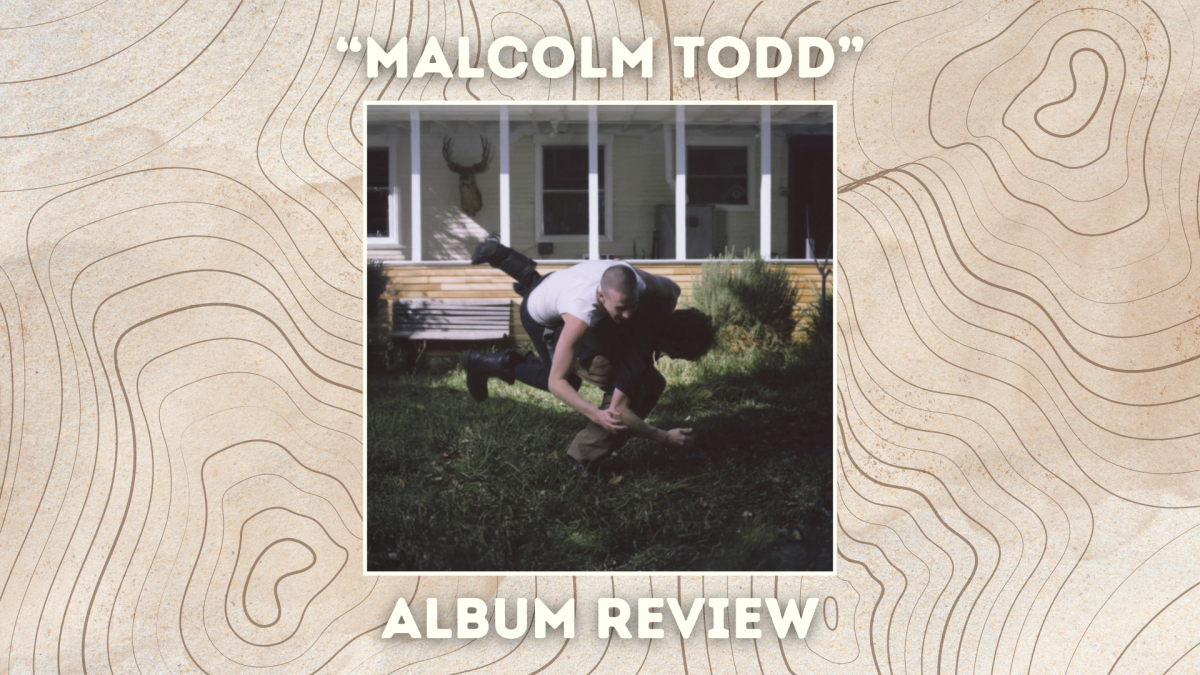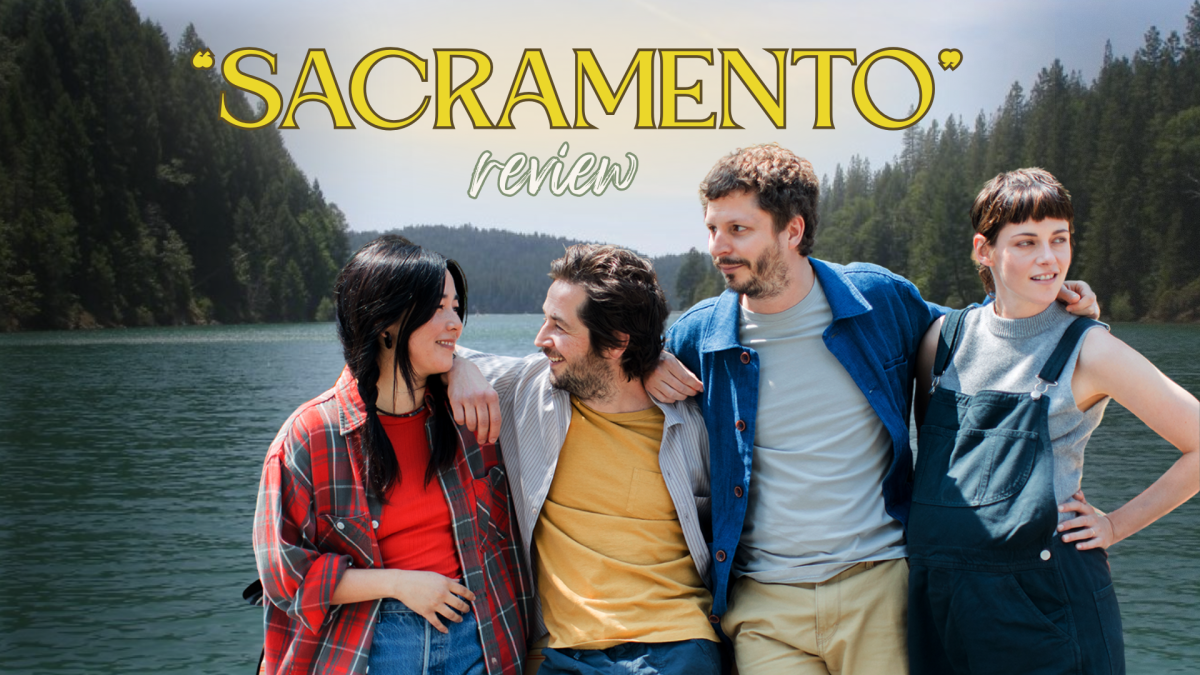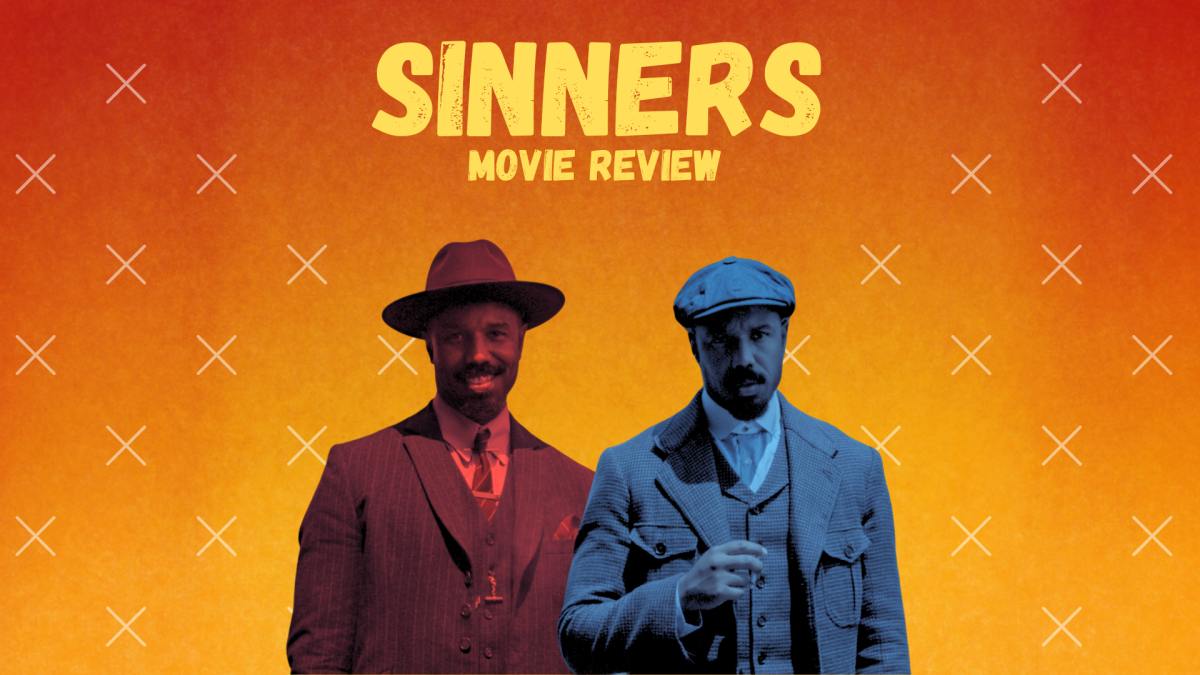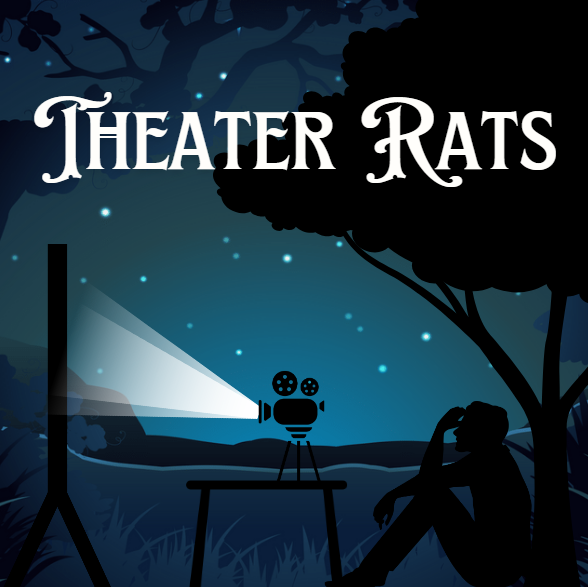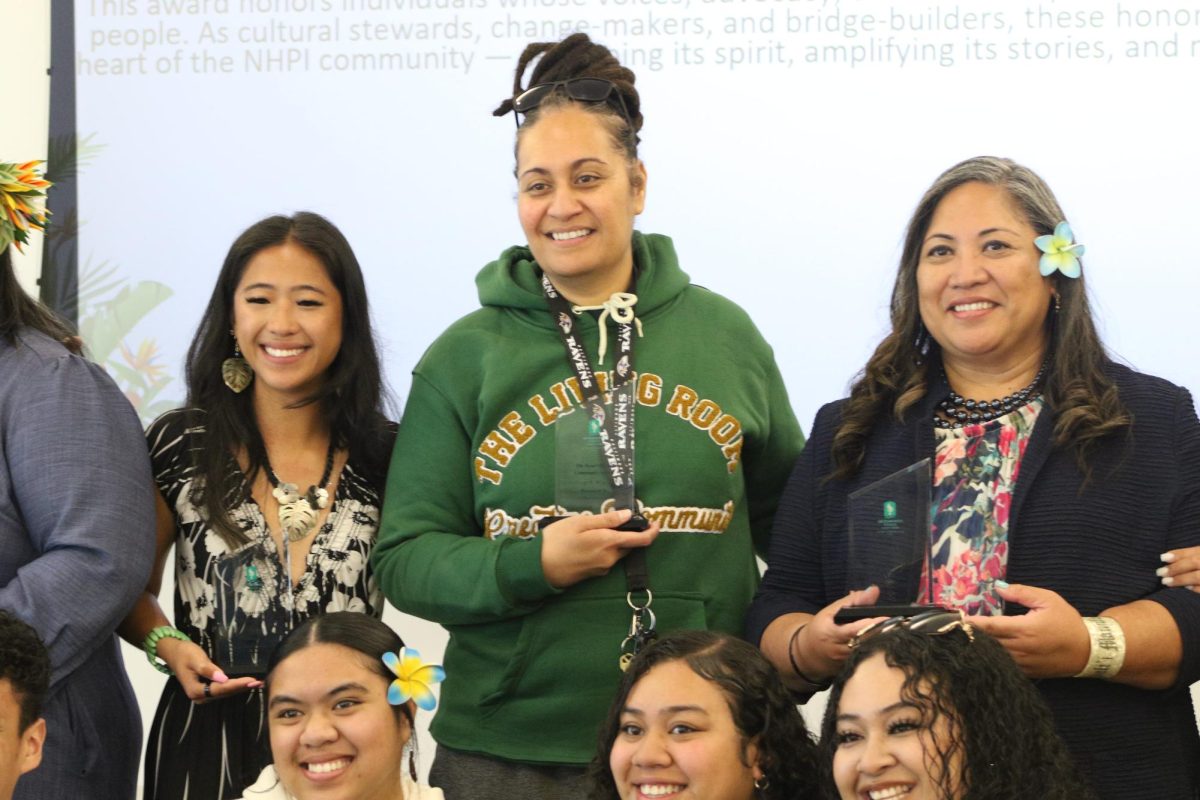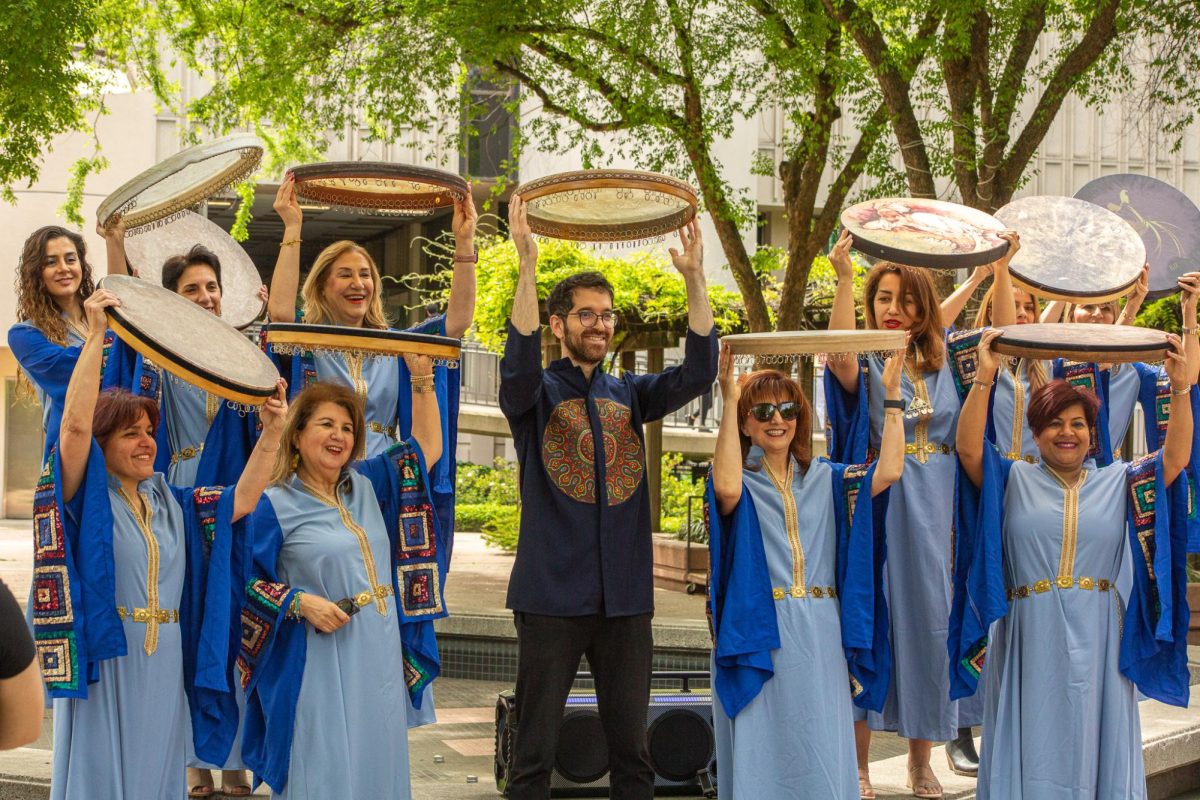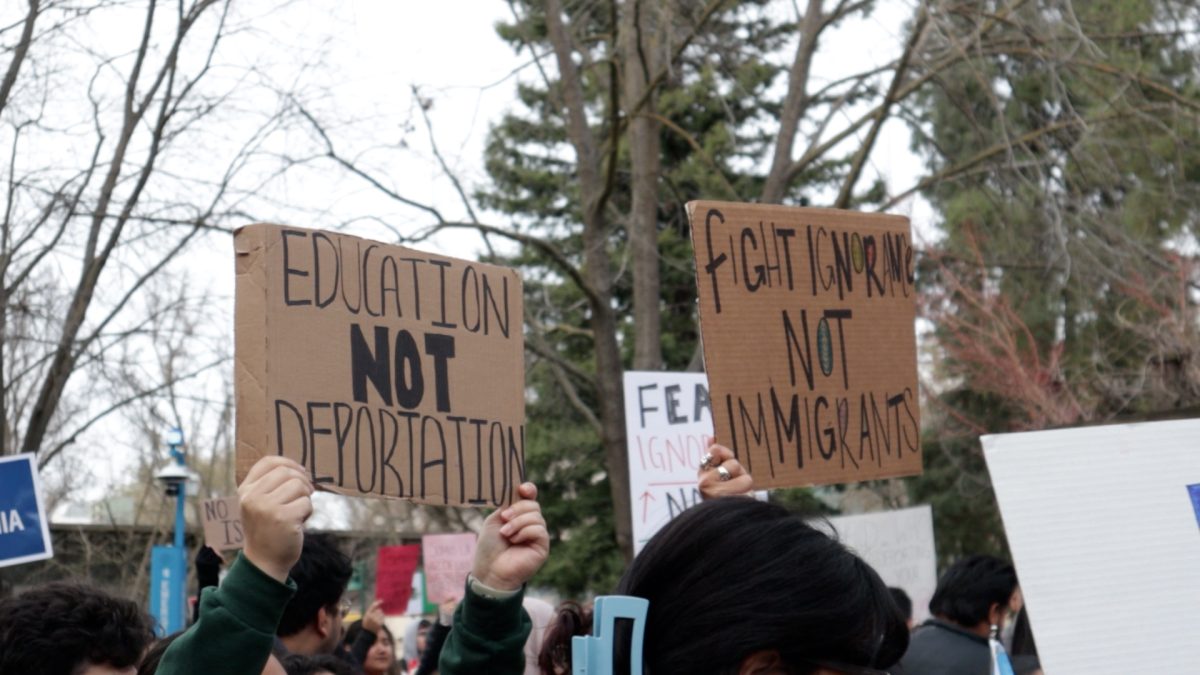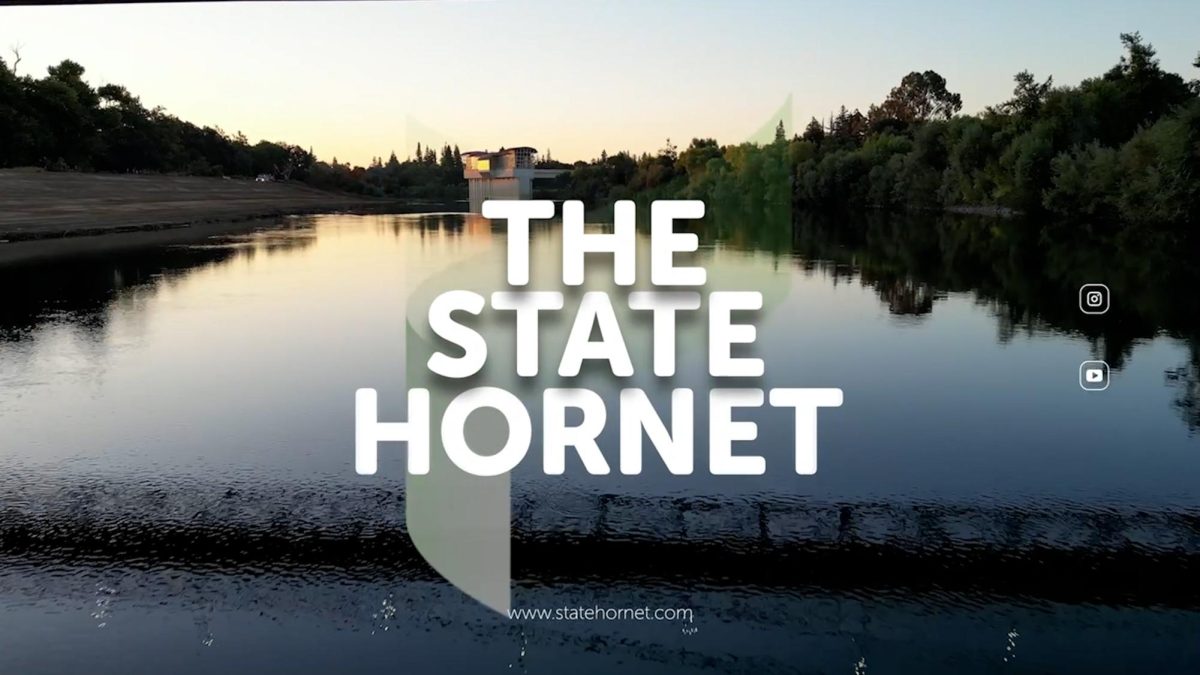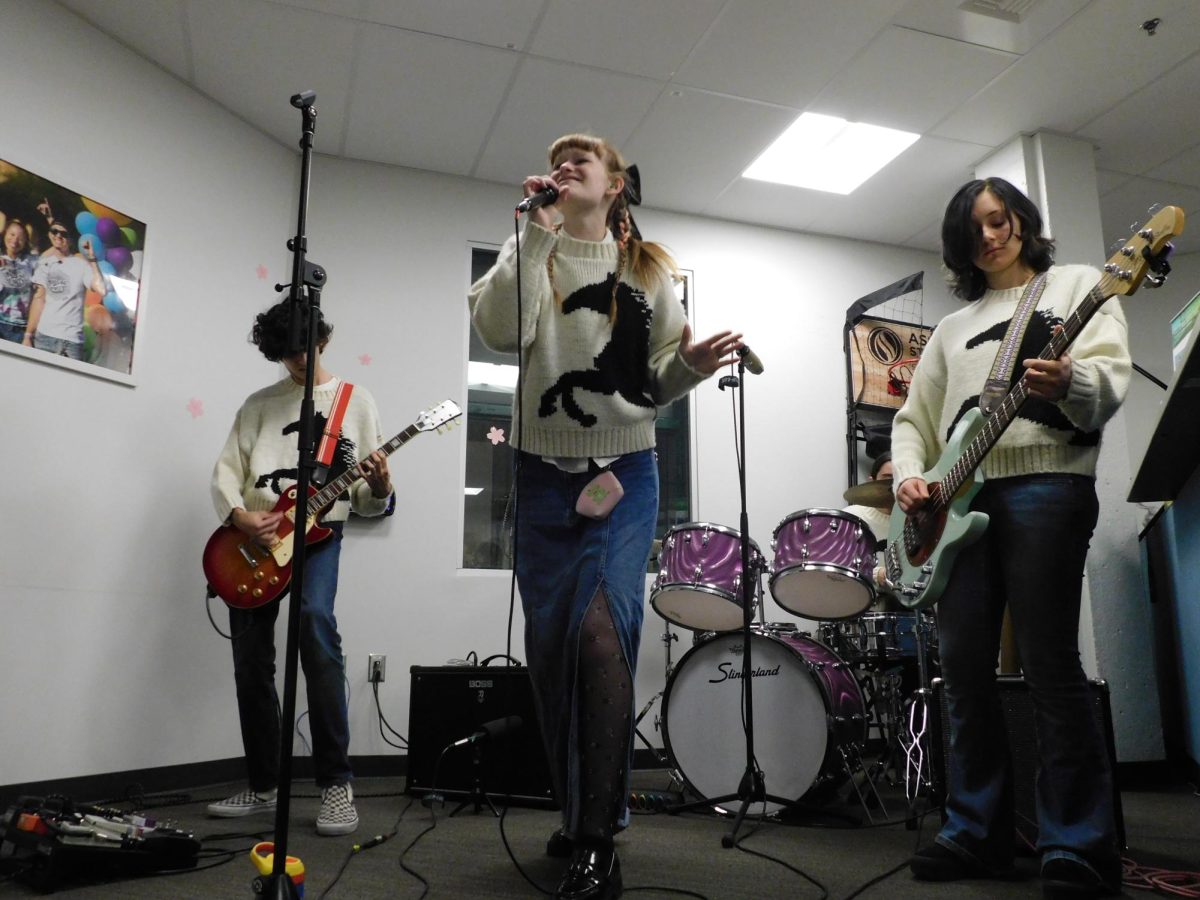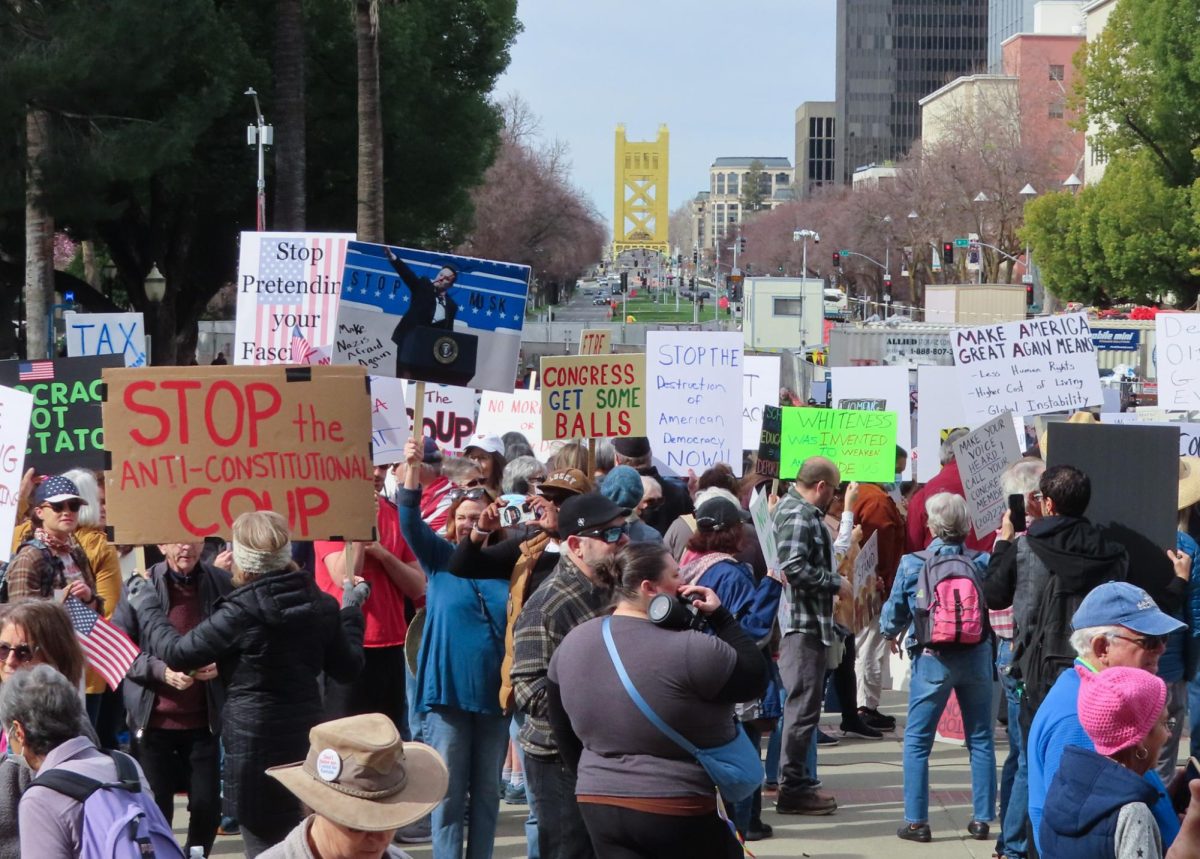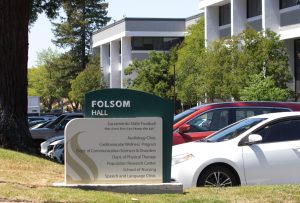Comfort found in the death service industry
October 1, 2014
Careers dealing with death – morticians, forensic anthropologists, coroners – are regarded as strange and even mysterious by most people.
“Often the perception is that there’s only a few key people who run a service; someone to hold the door open and shake guests’ hands, someone to direct the service and someone to drive the hearse,” said Sarah Wood, arrangement counselor for North Sacramento Funeral Home, a family-owned funeral home.
Wood said there is a lot more going on behind the scenes than what people may think.
Part of the stigma surrounding careers dealing with death comes from a collective misunderstanding of what goes on in the industry.
“I just don’t understand how someone could even get interested in something like that,” said freshman Adrien Lopez.
Lopez’s friend, freshman English major Elliott Carteret, also questioned how one might get interested in a career dealing with the deceased.
“I never really think about the people in those types of jobs,” Carteret said. “I know they’re important, but I don’t know a lot about them. I’m sure it’s pretty emotional in those types of jobs.”
Funeral home revenue has been estimated by the U.S. Bureau of Labor Statistics to grow to $16.2 billion in 2014, according to the National Funeral Directors Association.
The death services industry is an interesting one, and is often negatively regarded as stable but wrought with depressed or sociopathic workers.
“I’m not sure how I could stay happy if I worked around dead people all the time,” Carteret said.
Wood said she doesn’t try to regulate her feelings and finds that tragic situations- like the death of a young person or one brought about by a sudden event- are more difficult to deal with emotionally.
“Of course, I conduct myself in a professional manner when I’m with a family. You can’t do this kind of job completely unattached, but I always keep in mind how I’m really there to provide a service to grieving people,” Wood said.
While the death service industry does heavily revolve around the typically taboo topic, most people within the industry say that it is less about death itself.
Instead, the industry is about soothing the sting of death in the living and being meticulous in making sure all the finer details- body release forms, death certificates, scheduled events- are worked out so as to not put a grieving person through more pain.
Recently, the stability of the death services industry has come into question.
An opinion piece published in April by Forbes contributor Perianne Boring, explores what she describes as “the death of the death care industry” and what could be causing it.
“Less and less people are finding perceived value in the ‘traditional’ funeral service, thus demand for a ‘traditional’ funeral is declining,” Boring said.
According to the Cremation Association of North America (CANA), cremation rates have been steadily on the rise in recent years, from 14 percent in 1985 to 42 percent in 2011. CANA predicted those rates with climb to over 50 percent in 2025.
“We actually have a crematory on site,” Wood said. “There are many cultures, like East Indian or Laotian, where cremation is an integral part of the process.”
By having a crematorium on site, the home can better assist in fulfilling the cultural needs of families, as well as provide for the growing market interested in cremation over more traditional services.
“We see a wide variety of people in this kind of industry, and each person deals with a passing differently than the next,” Wood said. “Ultimately, we want to sooth the process for people who are suffering from the logistics and grief of death.”
While careers involving death carry a definite negative stigma, the work done in places like a local funeral home provide an important and needed service.
“It’s incredibly rewarding and a huge responsibility,” said Wood. “To have the privilege of working with a family and ultimately making the process easier for them is humbling.”




